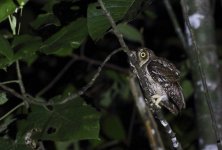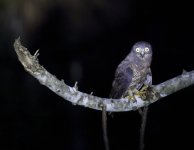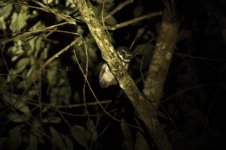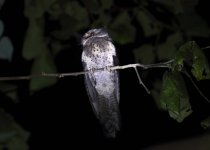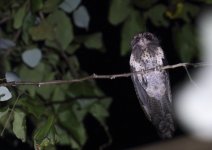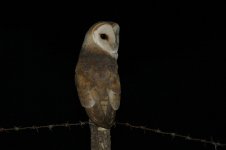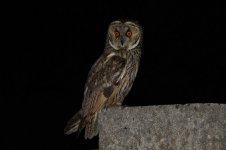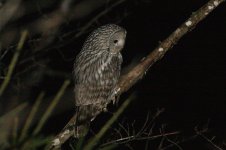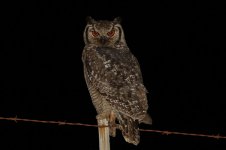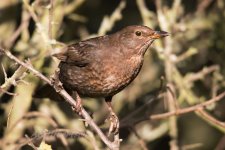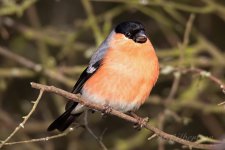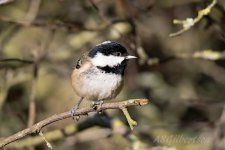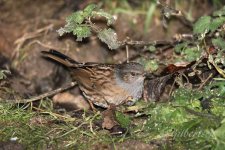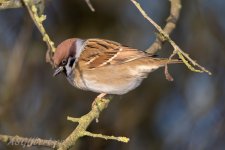On a recent trip to Indonesia, our guide who is also a serious photographer, said I should really use a flash for night shots of owls even when they are in the spotlight to allow lower ISO setting.
When I was starting out the guy advising me was of the reverse opinion, he said that flash even when the bird was already in a spotlight or torch beam could scare the bird and cause it to move so losing all the benefits of the lower ISO as shutter speed needs to be higher to cope with movement.
I've previously only tried a flash on things like hummingbirds but don't like the the unnatural colours.
Any views on if a flash would have improved some of these shots (cropped for forum)
When I was starting out the guy advising me was of the reverse opinion, he said that flash even when the bird was already in a spotlight or torch beam could scare the bird and cause it to move so losing all the benefits of the lower ISO as shutter speed needs to be higher to cope with movement.
I've previously only tried a flash on things like hummingbirds but don't like the the unnatural colours.
Any views on if a flash would have improved some of these shots (cropped for forum)




